When it comes to knives, especially custom knives, the materials used can significantly impact performance, aesthetics, and durability. If you're looking to invest in a custom knife like a Condor VG10 Pocket Knife or want to gift one as Personalized Gifts for that special someone, understanding these materials is essential. In this guide, we’ll dive into the various materials that make up custom knives, what you should consider when choosing, and why they matter.
Understanding the Importance of Knife Materials
The materials used in making a knife directly correlate with its functionality, aesthetics, and price. Choosing wisely not only enhances the knife’s overall performance but also its longevity. When selecting a knife, consider how it will be used, your budget, and whether you want the knife to be a functional tool or a collector's piece.
Steel Types: The Backbone of Custom Knives
Steel is the primary material used for blades and its composition can significantly affect the knife's edge retention, toughness, and resistance to corrosion. Here are some of the most common steels used in custom knives:
High Carbon Steel
High carbon steel is favored for its sharpness and edge retention. This type of steel is easier to sharpen and holds an edge longer than many stainless steels. However, it is prone to rust, so proper care is essential. If you are considering a high carbon steel knife as a Personalized Gift, ensure the recipient understands maintenance and care.
Stainless Steel
Stainless steel is popular for its resistance to rust and corrosion, making it ideal for everyday use and outdoor activities. Knives made from stainless steel offer durability and a polished look. A Condor VG10 Pocket Knife, for example, is made from premium stainless steel known for its excellent edge retention and corrosion resistance.
Tool Steel
Tool steels are specifically designed for manufacturing tools and are renowned for their hardness and wear resistance. These steels are less common in custom knives but are often used in high-end models that prioritize durability and strength. If you’re looking for a knife that can withstand demanding tasks, consider a custom knife made from tool steel.
Blade Design: Choosing the Right Profile
The blade design significantly affects the functionality of the knife. Different profiles serve different purposes, whether for slicing, chopping, or tactical uses:
Straight Edge
Straight edge blades are versatile and ideal for precision cutting. They are commonly used in kitchen knives, making them an excellent choice for chefs and cooking enthusiasts.
Serrated Edge
Serrated edges are optimal for cutting through tough surfaces, such as bread or rope. If you’re planning to gift a knife, consider whether the recipient would benefit from a serrated option.
Drop Point
Drop point blades are popular in hunting and tactical knives due to their robust design and controllable cutting edge. Their unique shape allows for precision and a strong tip, making them suitable for various applications.
Handle Materials: The Grip You Can Trust
While the blade is vital, the handle is just as important. The materials used for knife handles must provide both comfort and grip. Here’s a breakdown of some popular handle materials:
Wood
Wood handles are known for their aesthetic appeal and warmth. They offer a comfortable grip and can be very durable when properly treated. If you’re opting for personalized gifts, a knife with a custom wood handle could make the perfect unique present.
Micarta
Micarta is a composite material made from layers of linen, canvas, or paper infused with resin. It is highly durable, water-resistant, and offers excellent grip, making it a popular choice for custom knives.
G10 and Other Synthetic Materials
G10 is a type of fiberglass laminate known for its toughness and resistance to moisture. Synthetic materials like G10 or FRN (fiberglass reinforced nylon) can be designed in various colors and textures, allowing for striking visuals along with optimal functionality.
Considerations for Customization
Customization can elevate a knife from a mere tool to a cherished collectible. Here are some aspects to think about during customization:
Engraving
Engraving is one of the most popular customization techniques, perfect for adding a personal touch to your knife. Whether it's a name, date, or a unique message, an engraved knife makes for a memorable gift. This feature is especially compelling for Personalized Gifts that celebrate milestones or achievements.
Color and Finish
The color and finish of both the blade and handle can dramatically influence the knife’s appearance. You can choose from traditional stainless steel or opt for modern black coatings that enhance aesthetics while providing additional protection against corrosion.
Weight and Balance: Achieving the Perfect Fit
The weight and balance of a custom knife are crucial for its overall performance. A well-balanced knife feels intuitive to handle and enhances control during use. Depending on the purpose of the knife, be it for intricate tasks or rugged outdoor use, consider the weight that best suits your needs.
Fitness for Purpose: What Do You Need the Knife For?
Before committing to a custom knife, you need to ask yourself what you plan to use it for:
- Everyday Carry (EDC): If you need a knife for daily tasks, select a compact, lightweight option.
- Outdoor Activities: For hunting, fishing, or camping, focus on durability and weather resistance.
- Kitchen Use: Choose a blade suited for fine slicing and easy maintenance.
Maintenance Tips for Your Custom Knife
To ensure your custom knife remains in peak condition, regular maintenance is a must. Here are some tips to keep in mind:
Cleaning
Always clean your knife after each use to prevent dirt buildup and corrosion. Use mild soap and warm water, avoiding harsh chemicals. Dry it thoroughly to prevent moisture accumulation.
Sharpening
Keep the edge sharp for optimal performance. A dull blade can be dangerous and less effective. Invest in a decent sharpening tool, or consider a professional sharpening service for high-quality blades.
Storage
Store your knife in a designated spot, such as a knife block, sheath, or magnetic strip, to avoid damage and maintain sharpness. Ensure it’s out of reach of children and stored away from excessive moisture.
Elevating Your Knife Game
Investing in a custom knife is more than just purchasing a tool; it’s about owning a piece that reflects your personality. As you learn about the various materials, designs, and custom options available, the value of your knife increases exponentially, making it not just a functional item but a true reflection of craftsmanship.
When gifting knives, remember that custom, personalized items hold far more sentimental value than standard models. Whether it’s a special occasion or just because, a knife tailored to someone’s taste can become a treasured keepsake.
Ready to Choose Your Custom Knife?
Understanding the top materials used in custom knives opens up a world of possibilities. With the right knowledge, you can pick the perfect blade that suits your needs or makes a memorable gift. From the quality of the steel to the feel of the handle, every detail matters in creating a tool that you—or your gift recipient—will love.
So whether you’re eyeing a sleek Condor VG10 Pocket Knife for yourself or contemplating a uniquely personalized gift for someone special, you can now make an informed decision. Dive into the world of custom knives today and find the one that speaks to you!
Your journey in selecting the ideal custom knife begins now; embrace the art of craftsmanship and personalization, and elevate your collection with a piece that tells a story.


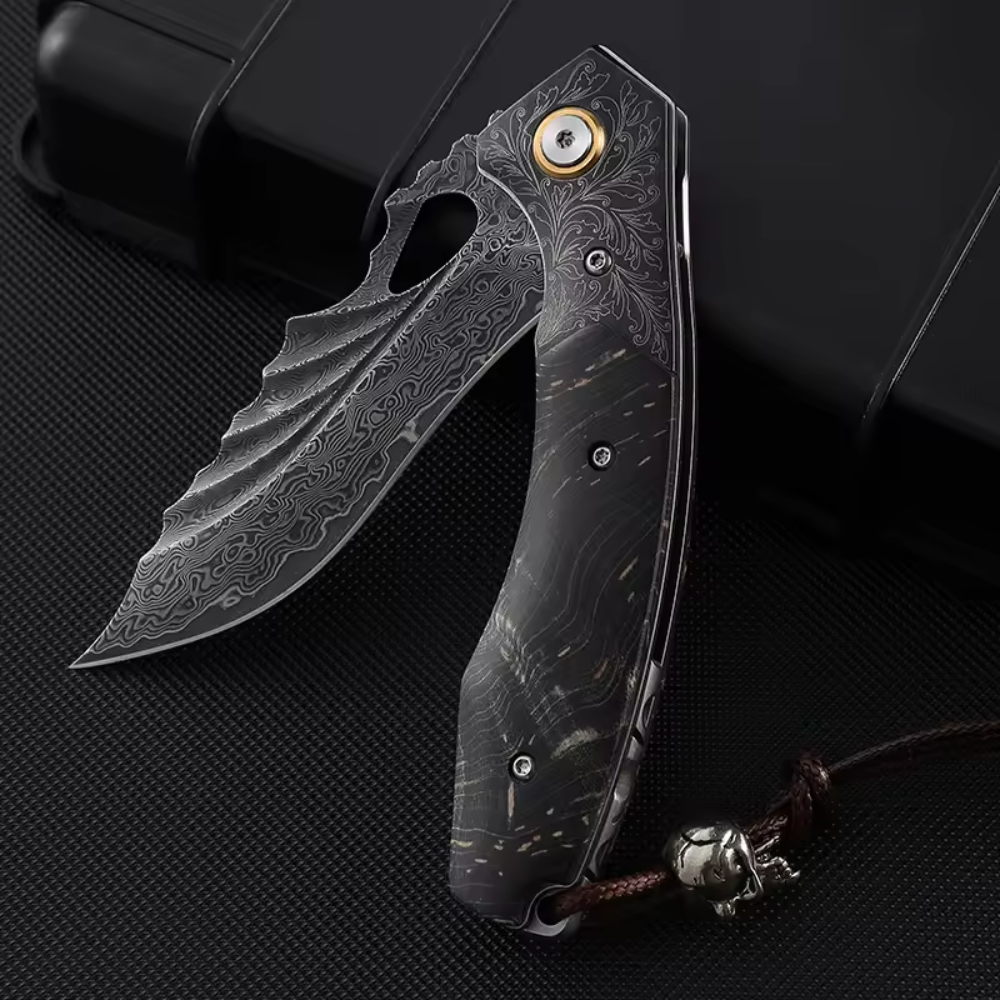





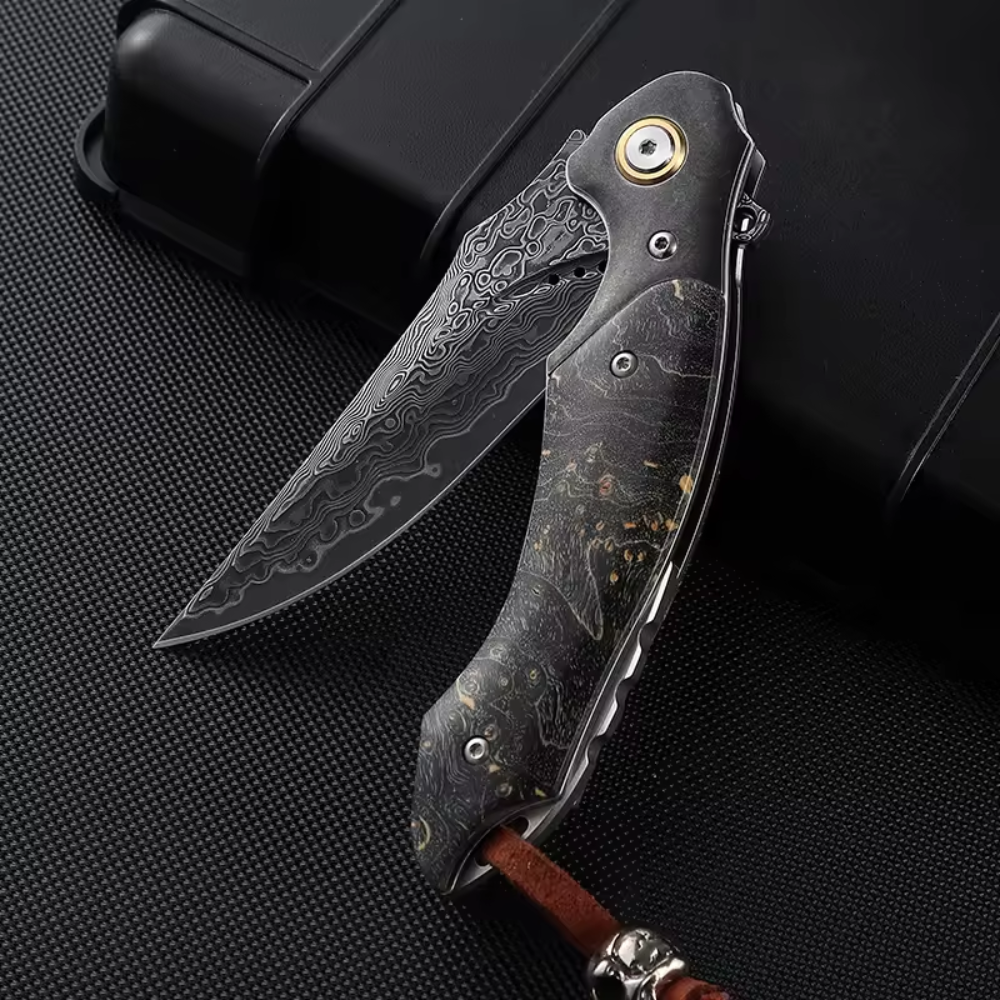
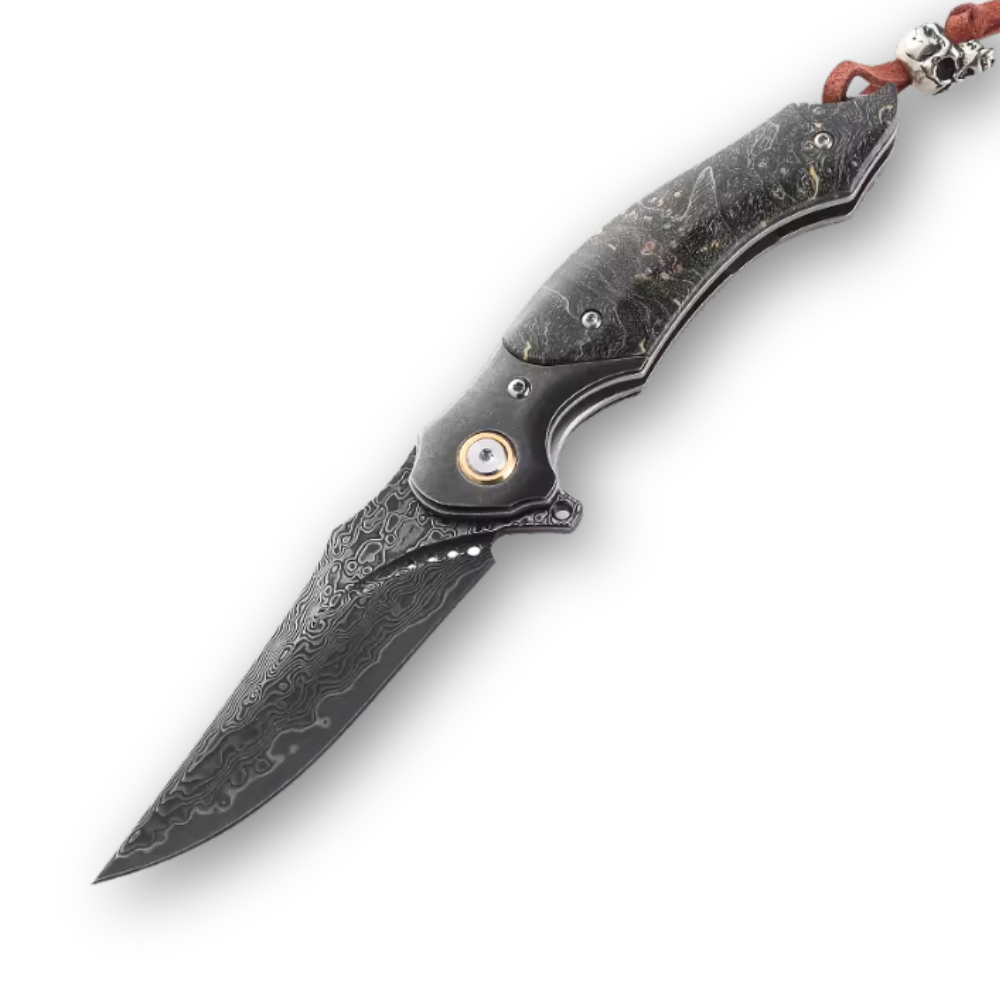
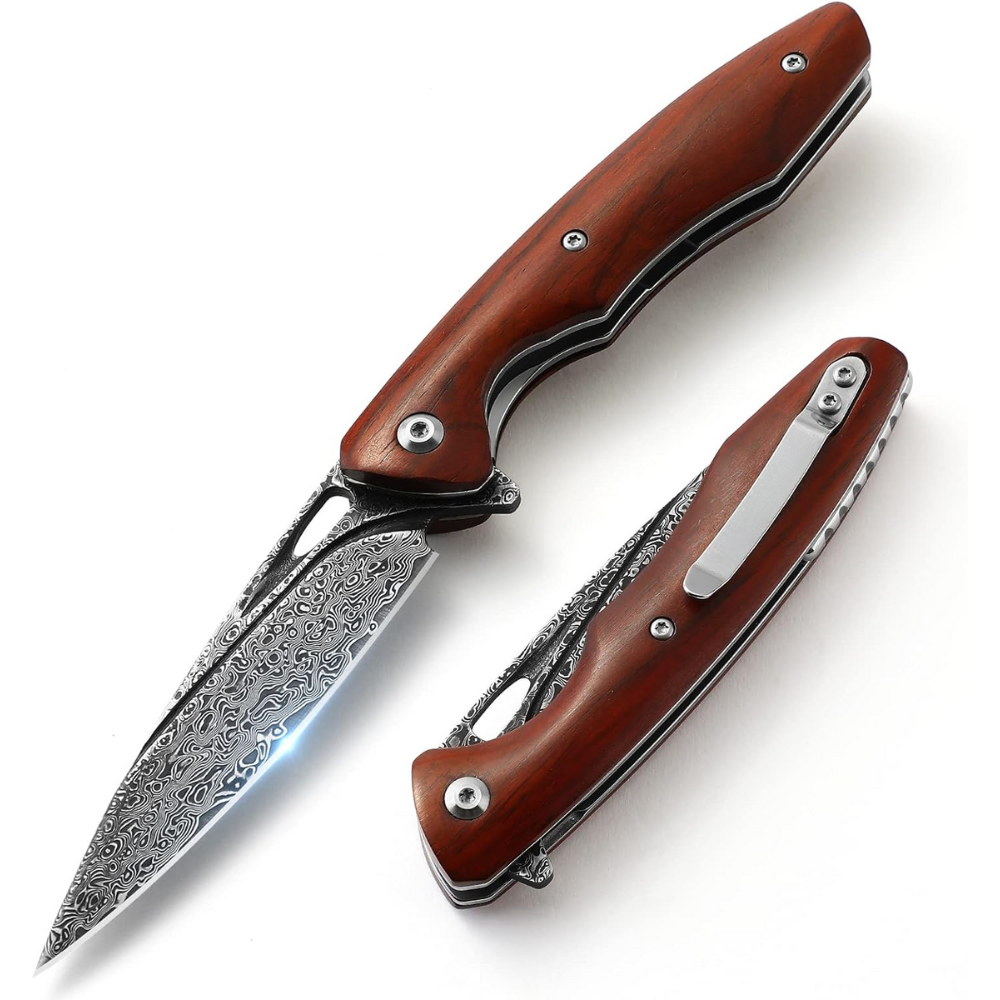
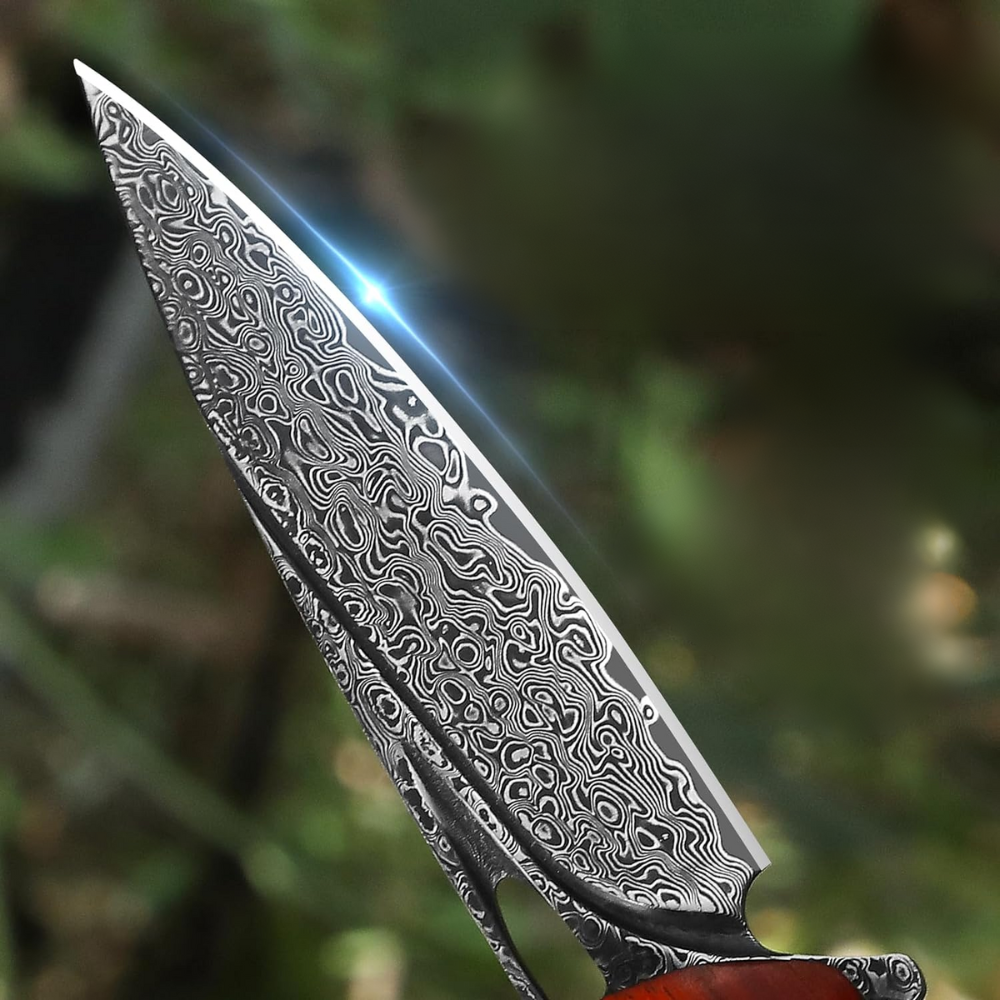








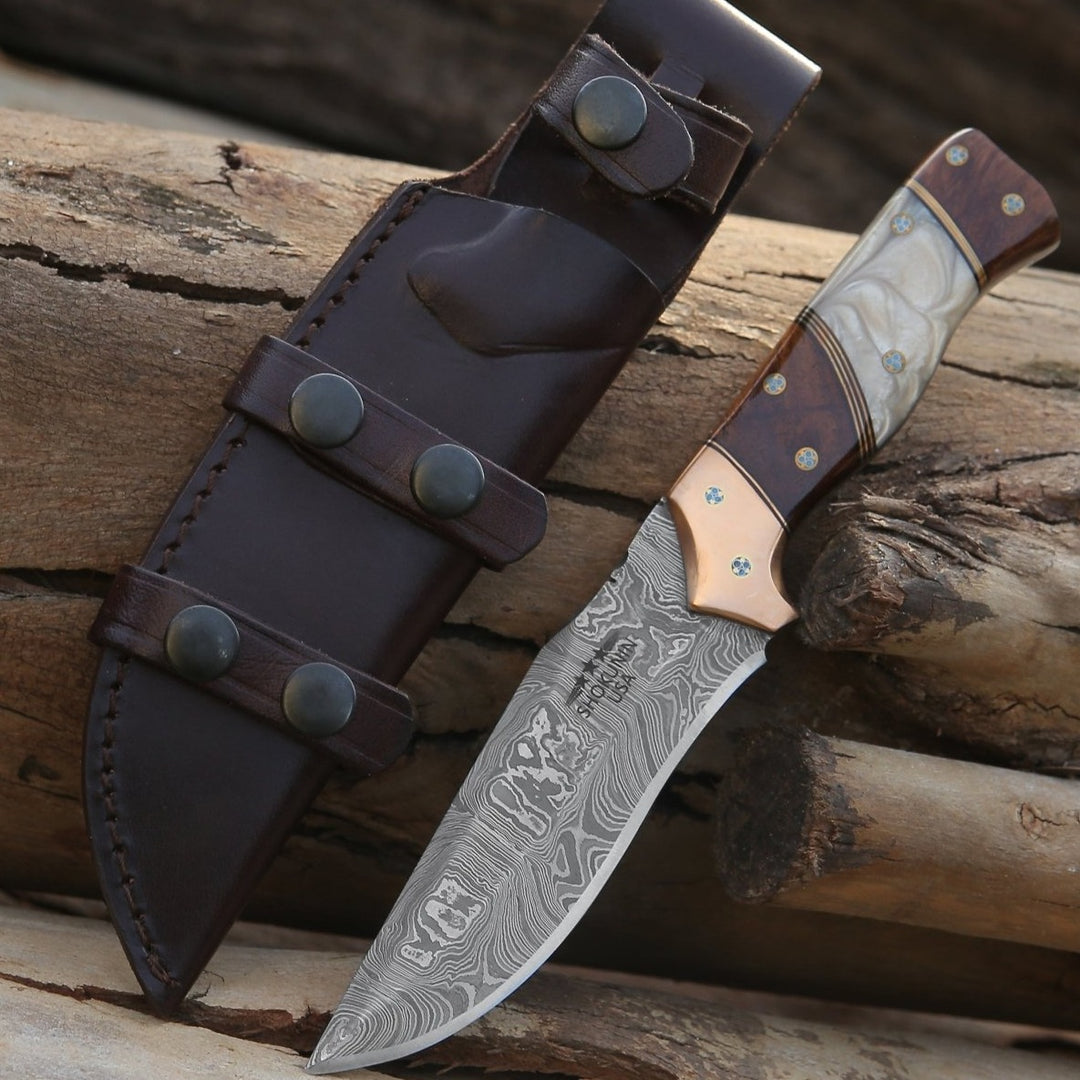
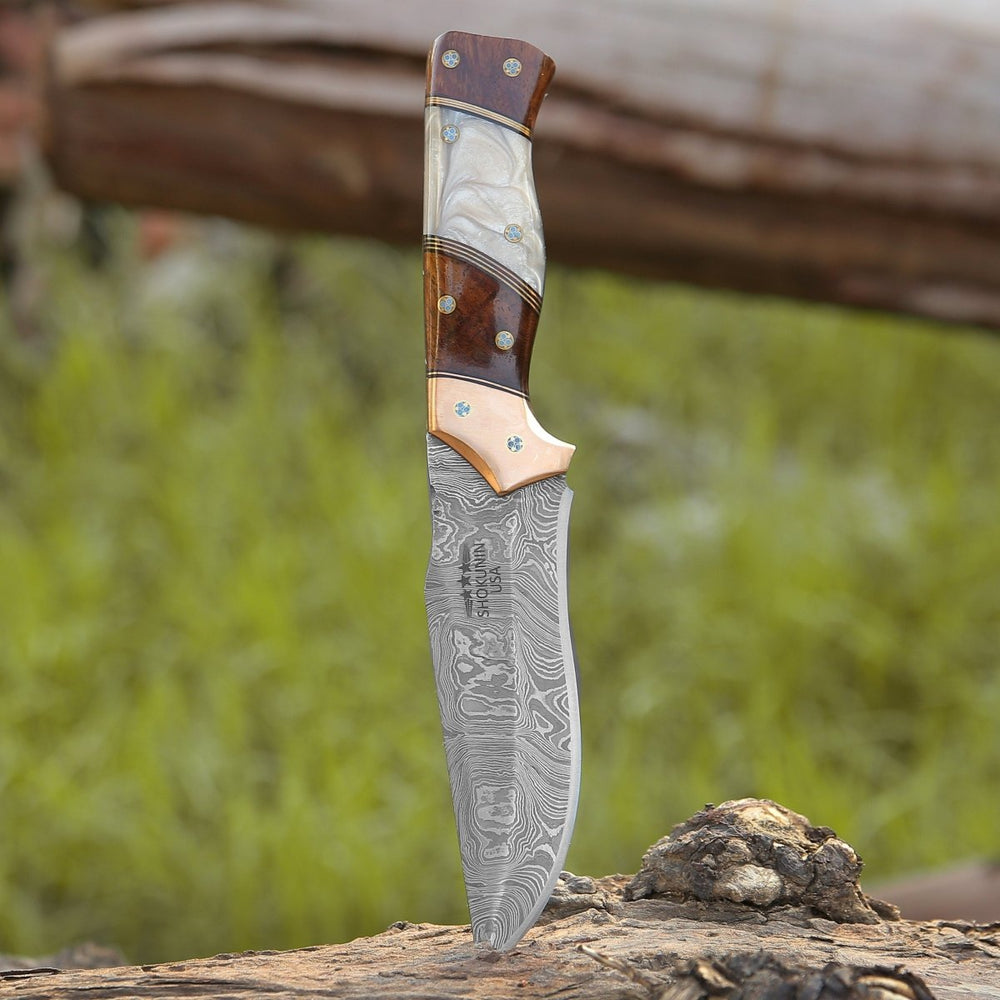


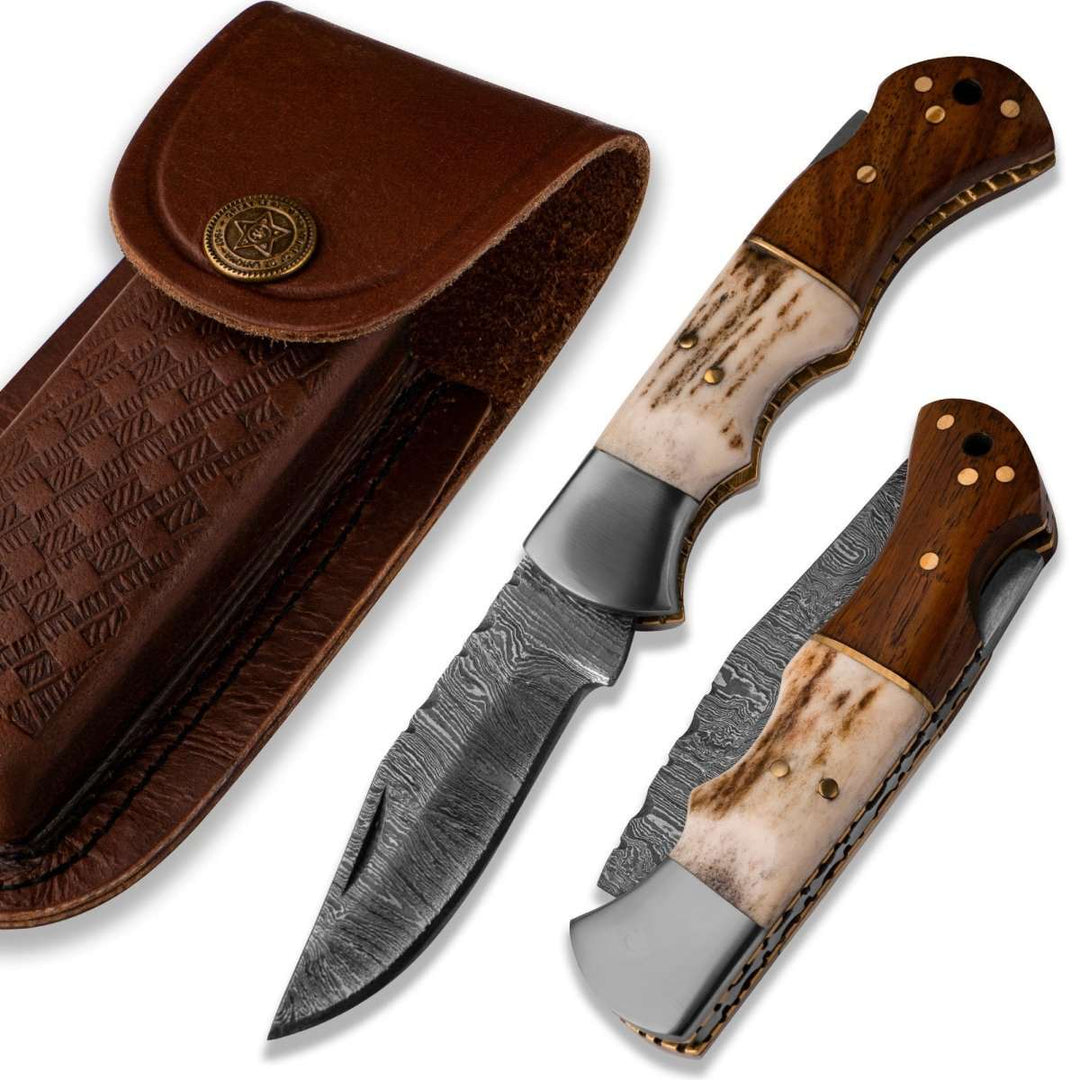
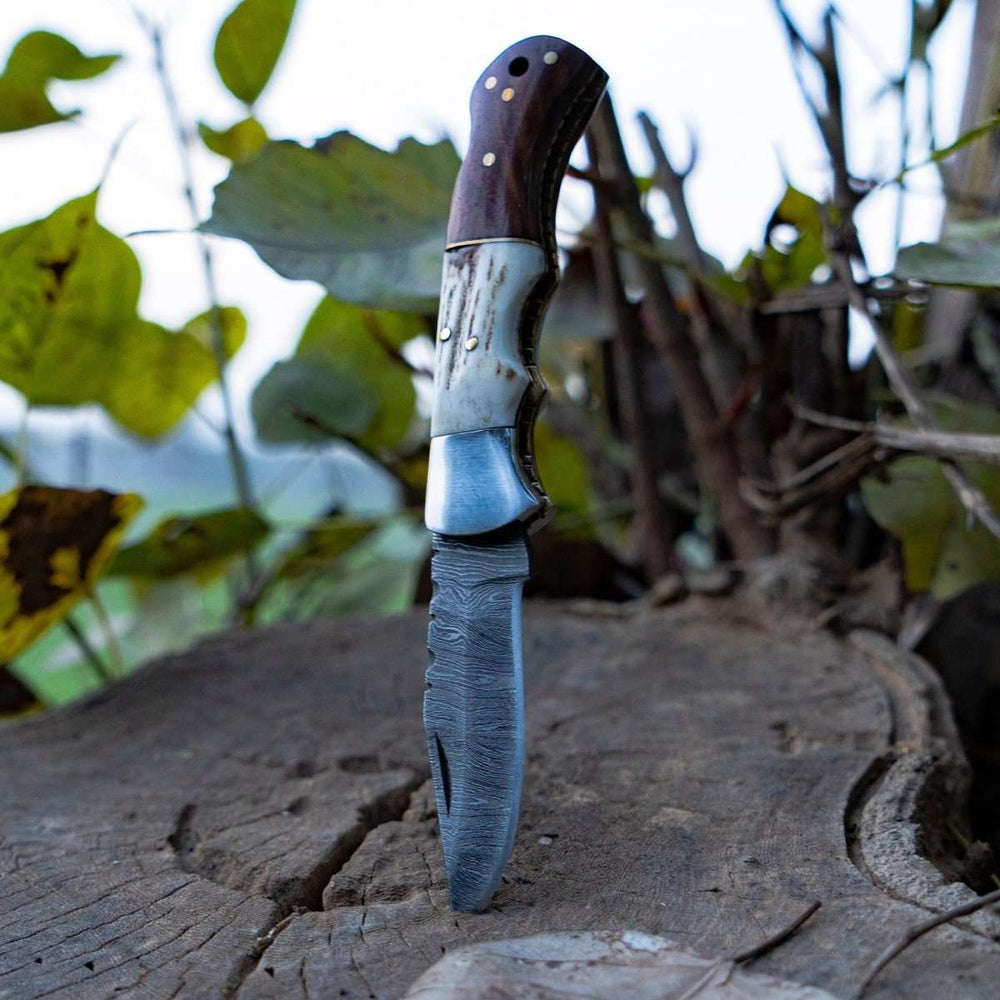




Lascia un commento